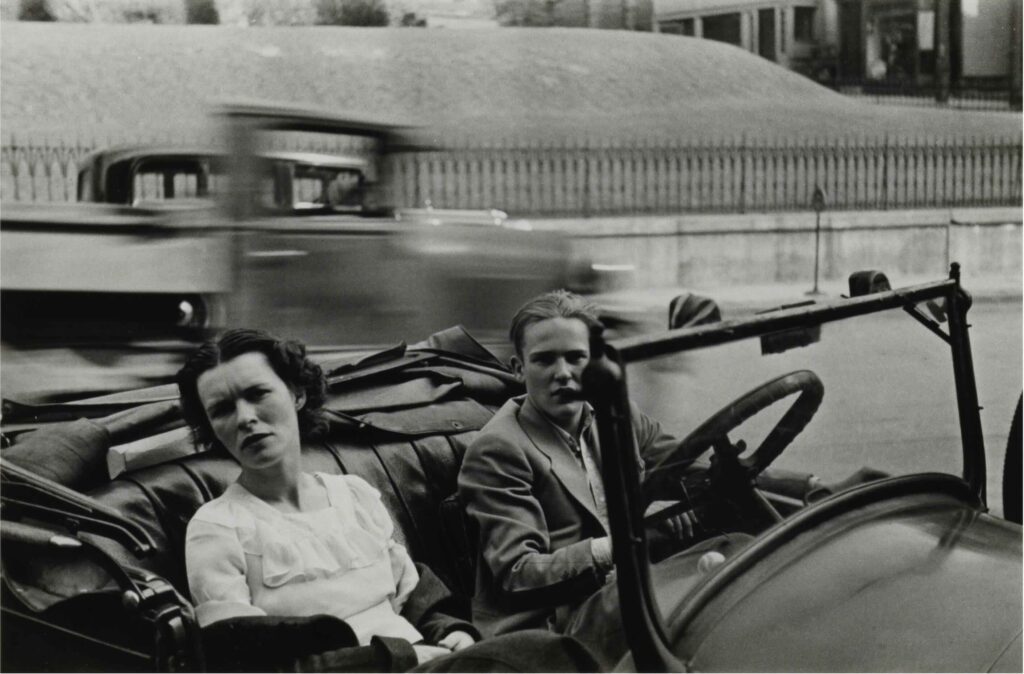Walker Evans
Walker Evans (1903–1975) was an American photographer whose unsparing vision of everyday life helped define documentary photography in the twentieth century. Born in St. Louis and raised in Chicago and New York, Evans attended Phillips Academy before briefly enrolling at Williams College. A year spent in Paris exposed him to European art and literature, and upon his return he turned from writing to photography, teaching himself to use a simple handheld camera to record the world around him.
In the mid‑1930s Evans was recruited by the Farm Security Administration to document rural poverty across the United States. His collaboration with writer James Agee on Let Us Now Praise Famous Men (1941) paired unflinching images of Southern tenant farmers with groundbreaking prose, creating a landmark work of social art. Working primarily with medium‑ and large‑format cameras, Evans mastered sharp focus and deep depth of field to elevate vernacular subjects—gas stations, storefronts, subway riders—into icons of American culture.
After his FSA assignment, Evans joined the staff of Time and Fortune, producing photo essays that captured everything from industrial landscapes to urban storefront displays. In 1938 the Museum of Modern Art presented his first solo exhibition of photographs, cementing his reputation as a pioneer of modern documentary practice.
In later years Evans taught graphic arts at Yale University and continued to exhibit and publish his work, influencing generations of photographers with his insistence on precision, clarity, and the power of candid observation. His body of work remains a touchstone for anyone seeking to understand America through the sharp lens of documentary photography.



